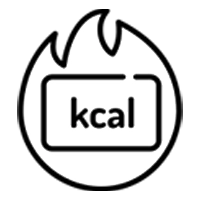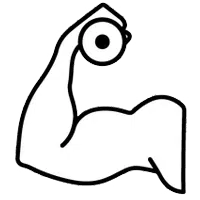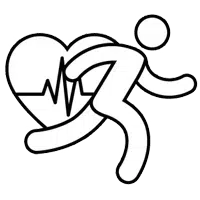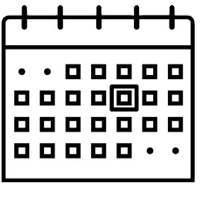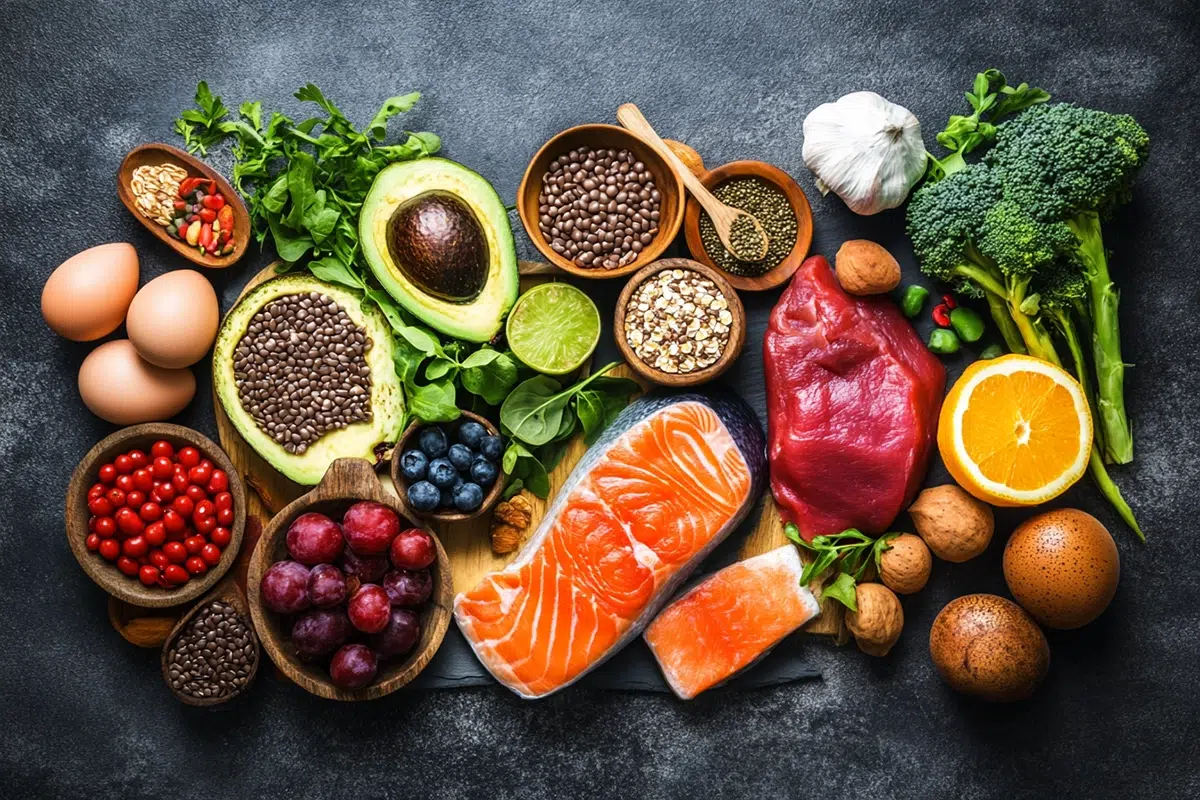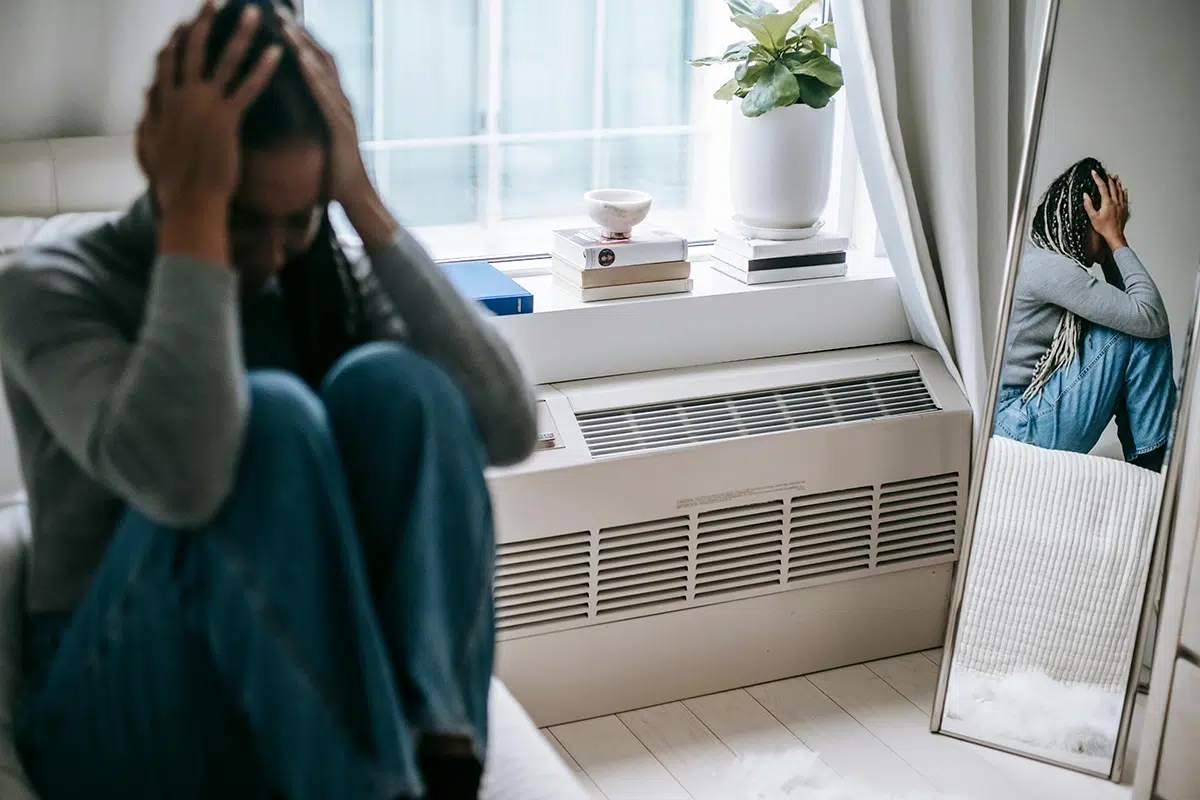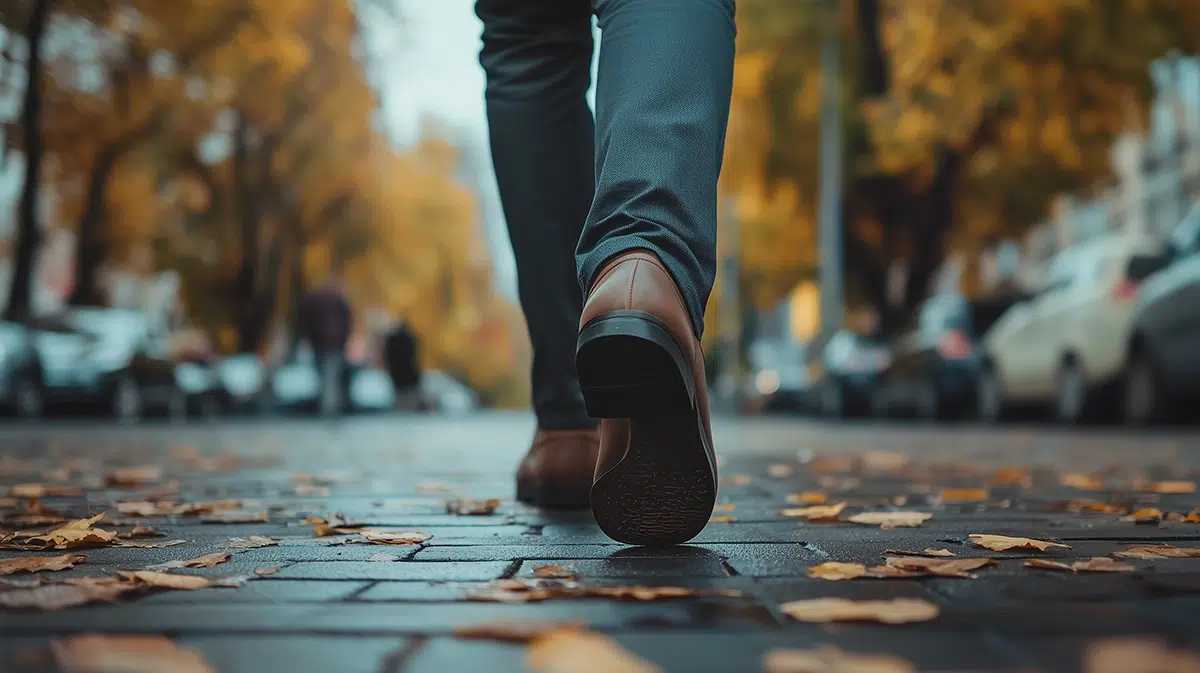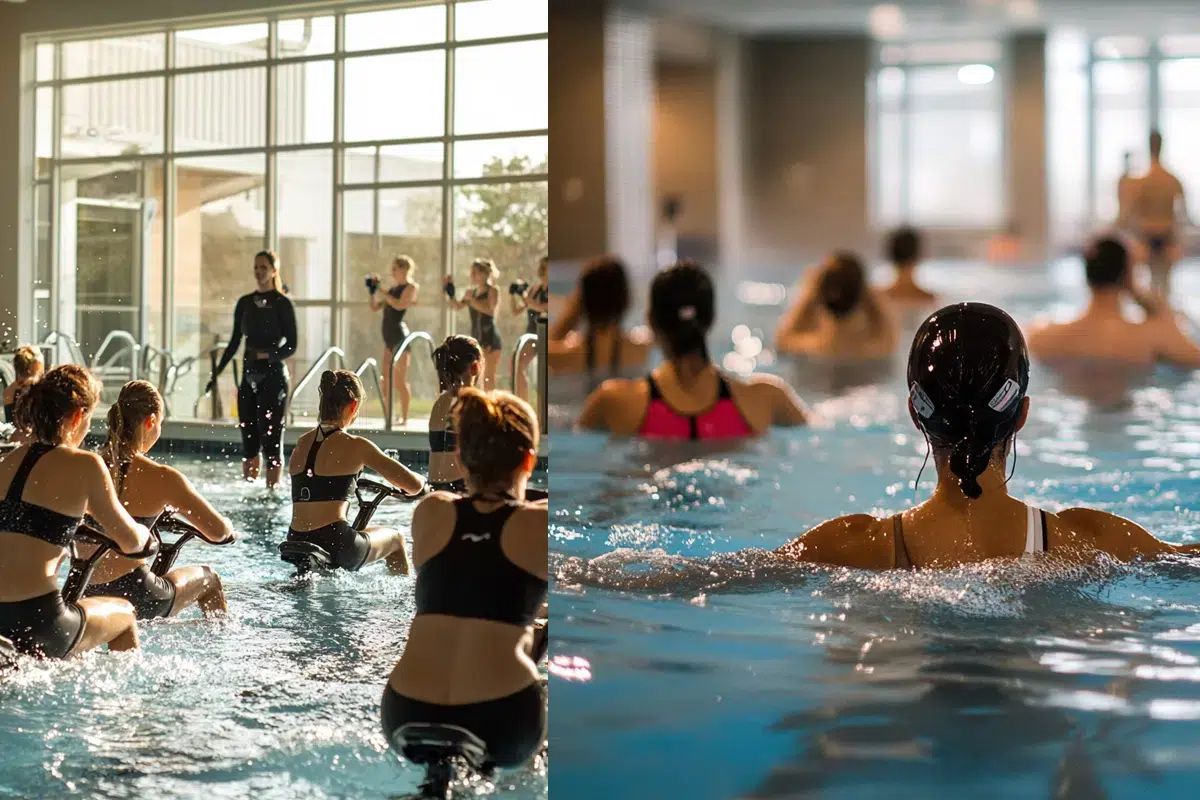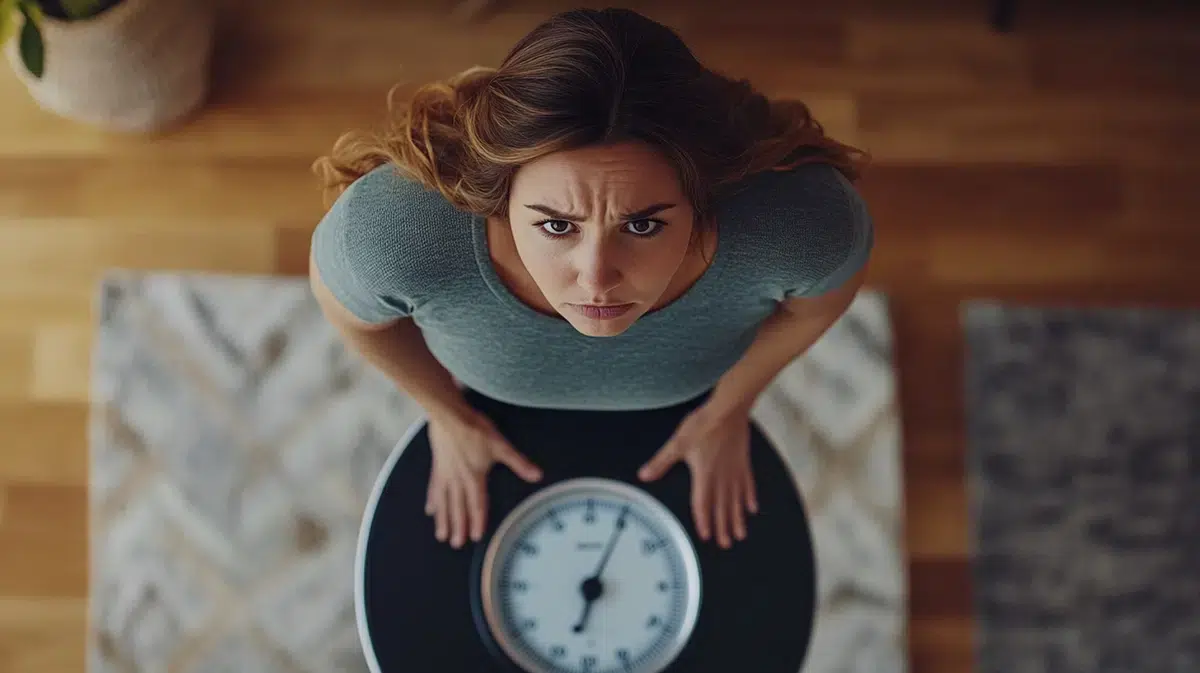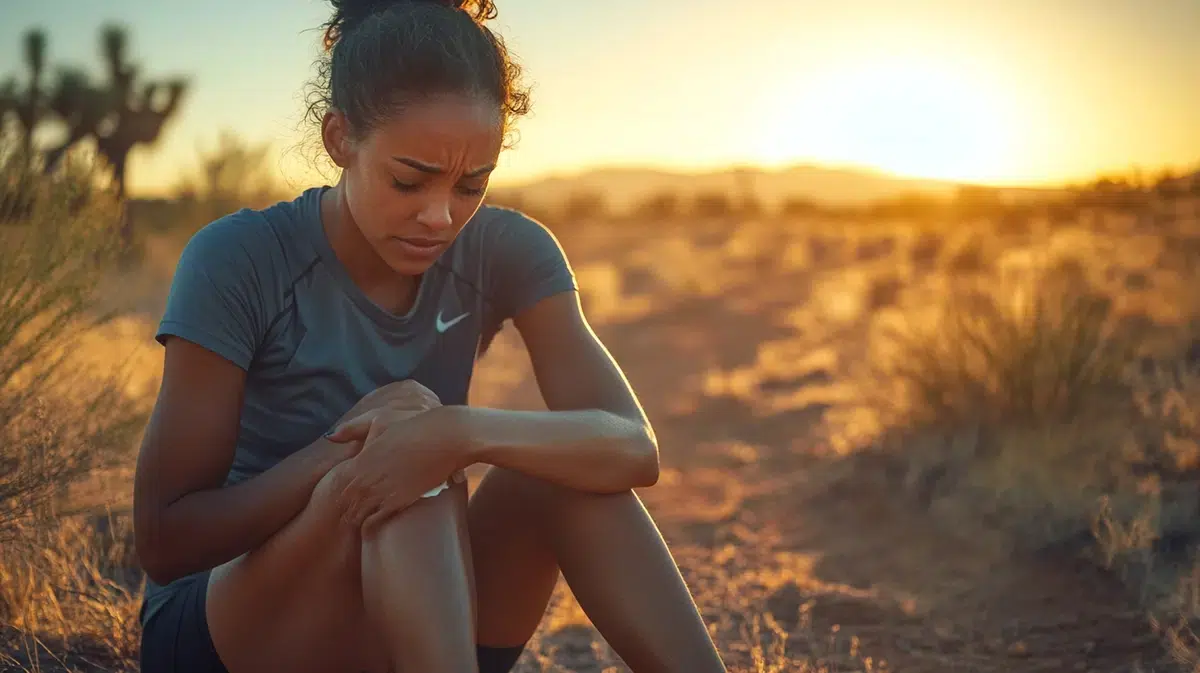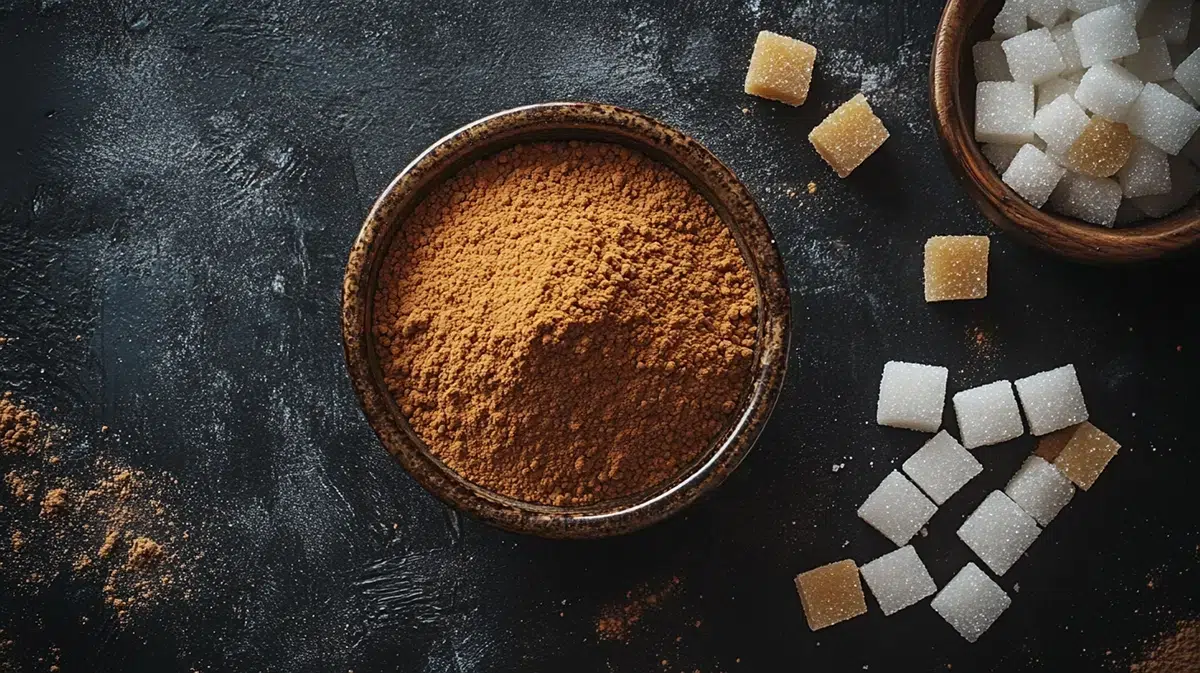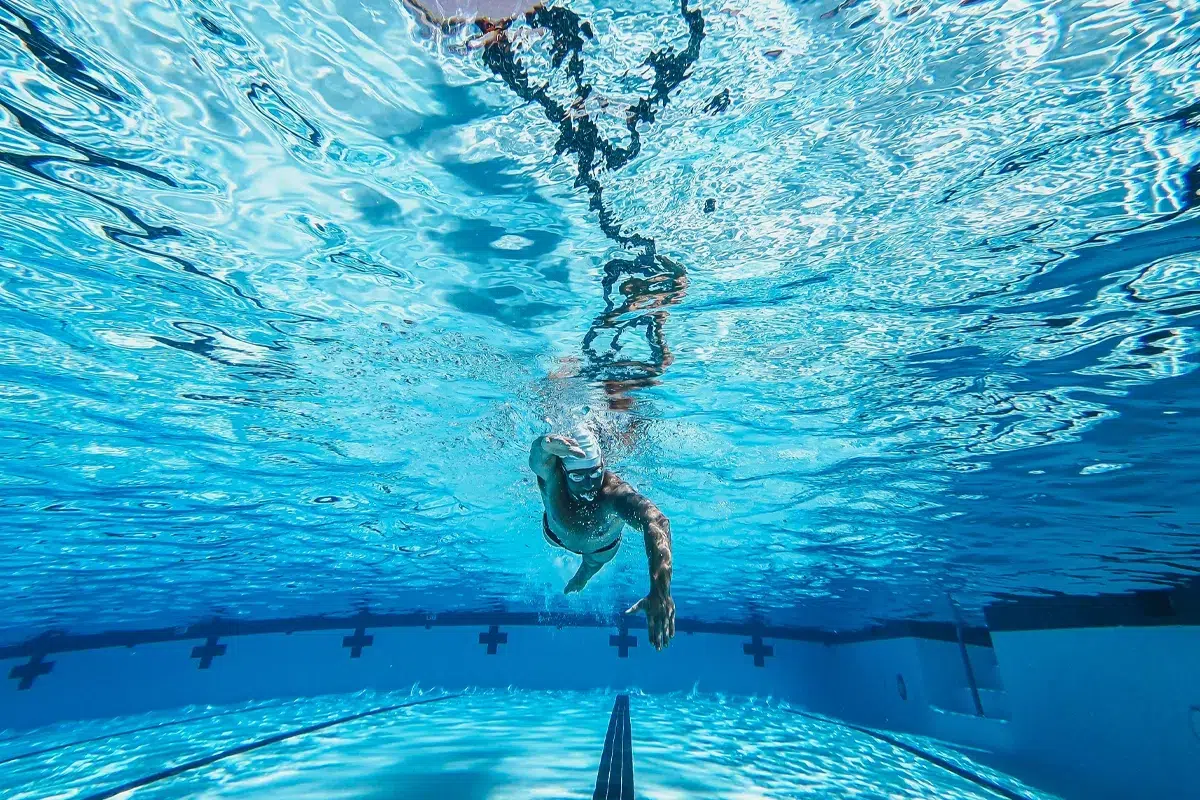Show summary Hide summary
Which muscle group are we activating when doing Zumba?
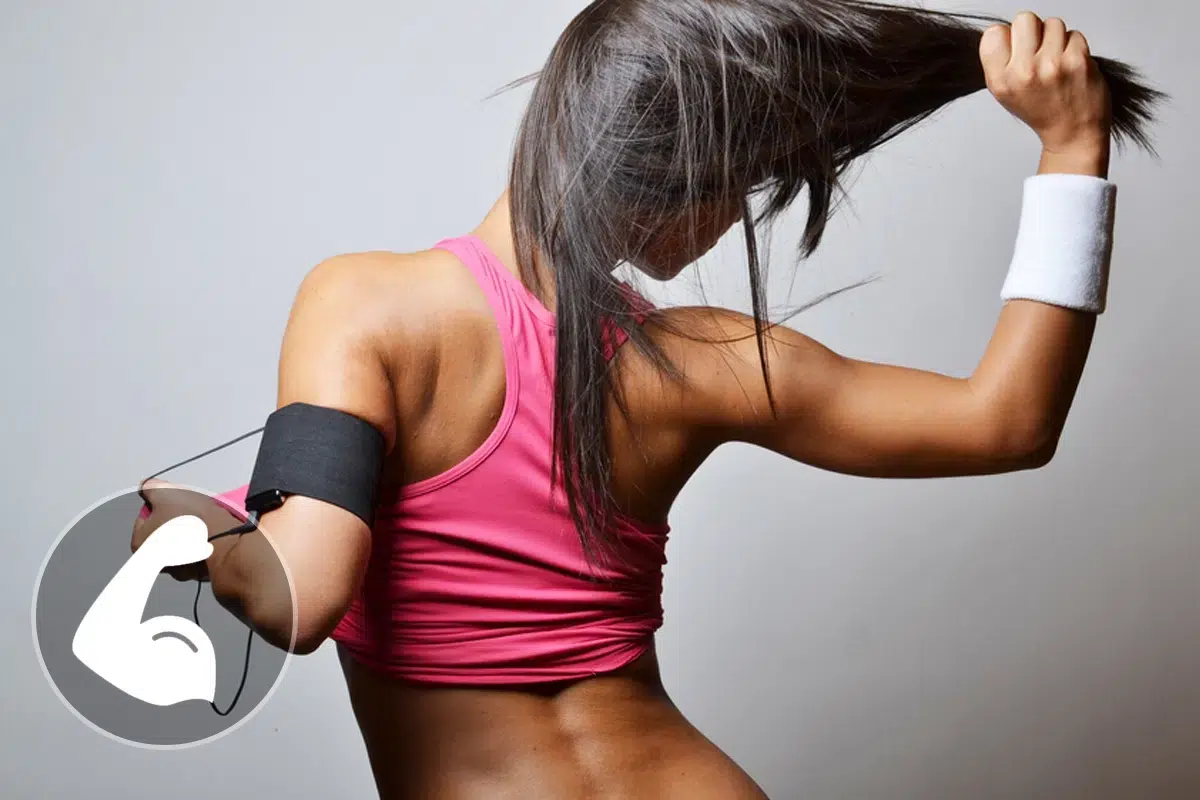
Everything you need to know about Zumba
What muscles does Zumba work? What parts of the body are engaged and toned when doing Zumba? Use the tool below to see the list of all the body parts that are used when doing Zumba!
Zumba for fitness and strength building
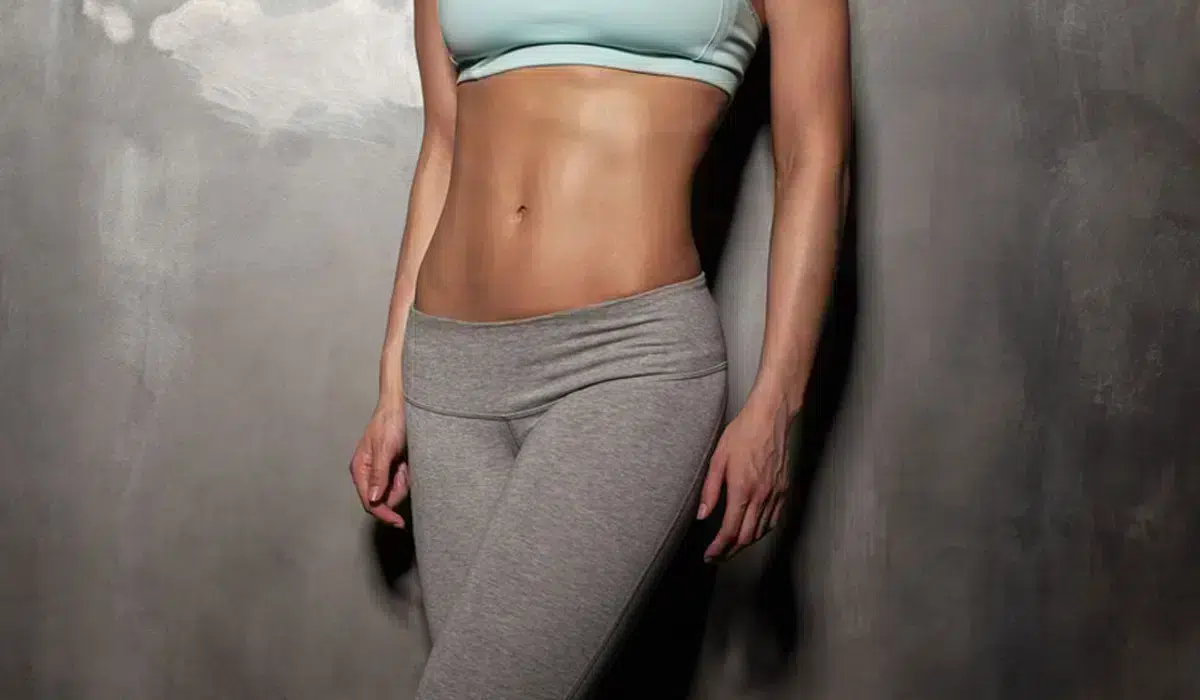
What muscles are we training when doing Zumba?
Depending on the sport practised, certain areas of the body will be worked harder than others, but what about when you do a Zumba session? Will you tone and refine your figure by doing Zumba? Below is a list of the muscles and muscle groups strengthened and sculpted by Zumba!
Upper limbs (shoulders, arms and forearms)
- Biceps: These muscles are located on the front of the arm and are surrounded by two joints (scapulo-humeral, elbow). The biceps comprise two muscles(long biceps and short biceps) which help flex and rotate the arms.
- The triceps: Located on the inside of the arm, they comprise three muscles (the vastus lateralis, the vastus medialis and the long head of the triceps) which complement the flexor role of the biceps brachii. The triceps allow the forearm to be extended.
Trunk and pelvis (Chest, stomach and back)
- The abdominals : These are made up of several layers of muscle (rectus abdominis, external oblique, internal oblique, transverse) which have the function of flexing and rotating the trunk.
Lower limbs (buttocks, thighs and calves)
- The quadriceps: These are located at the front of the thigh. The quadriceps are each made up of 4 muscles (the vastus femoris or rectus femoris, the vastus lateralis, the vastus medialis and the vastus intermedius). These muscles facilitate flexion of the thigh on the hip and extension of the leg on the thigh.
- The hamstring muscles: Located on the back of the thigh, there are four of these muscles(biceps femoris, semitendinosus and semimembranous). They ensure flexion of the leg and extension of the thigh.
- Calf muscles: Also known as the sural triceps, the calf muscles are made up of 3 muscle groups, including the soleus and the gastrocnemius. These muscles help the foot to extend down the leg
Zumba is a complete and effective sport that trains the whole body. By alternating between long and fast rhythms, this discipline helps to maintain your breath and endurance, while allowing you to sculpt your figure in a fun and good-humoured way.
Everything you need to know about Zumba
What muscles are used in different sports?
All sports in detail!






